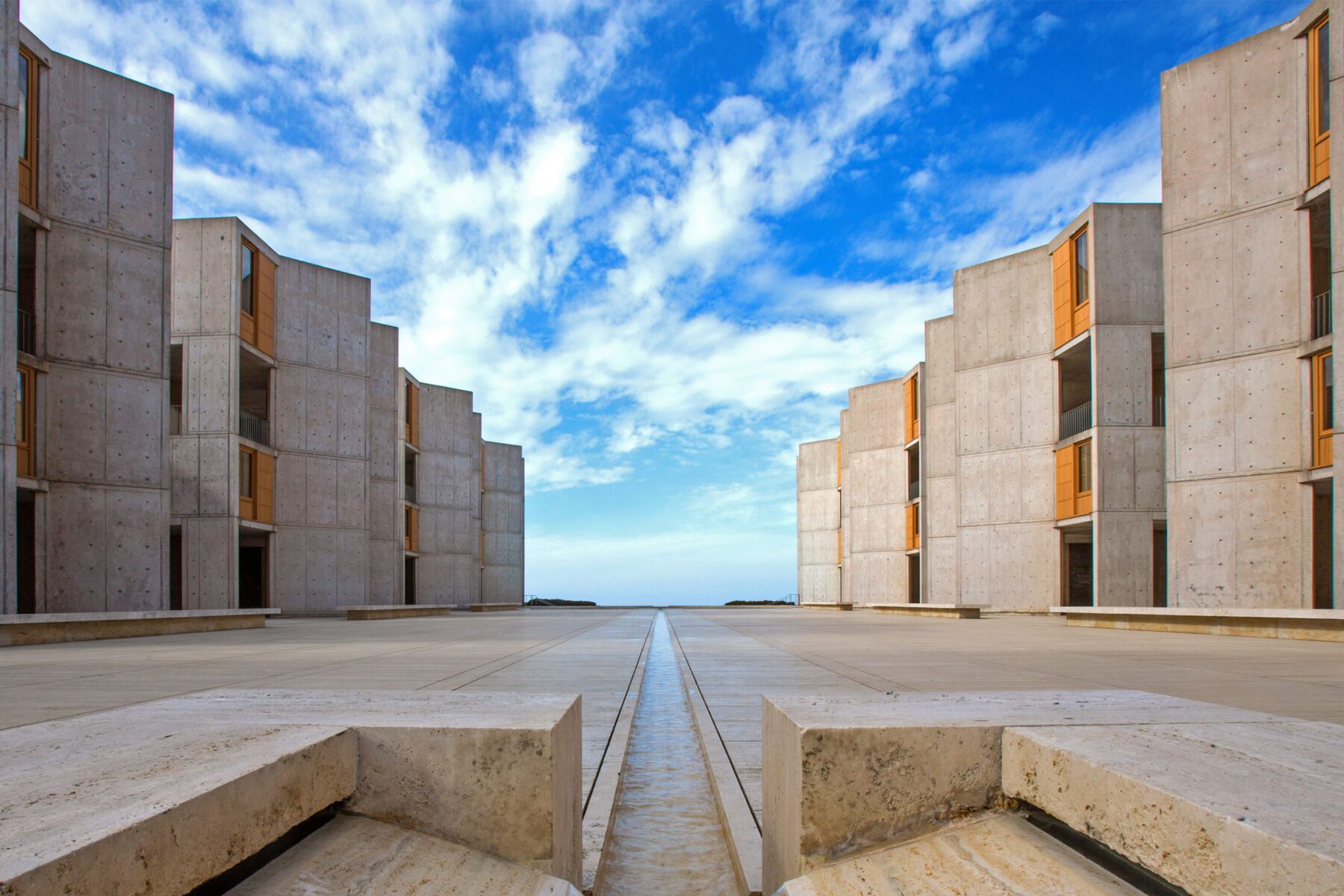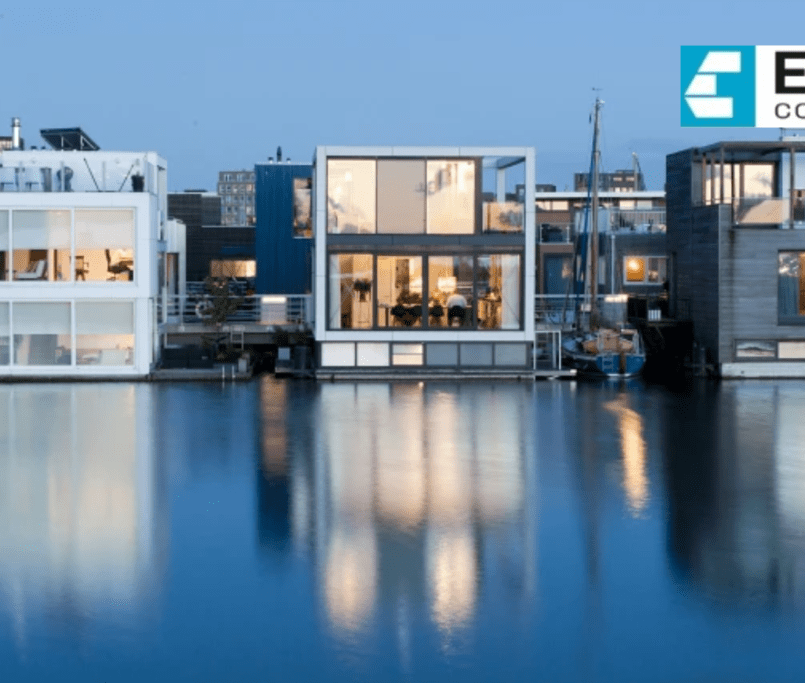Neuroarchitecture: How it enhances Mental Health and Wellbeing
Neuroarchitecture, also known as neuro-architecture or architectural neuroscience, is an
emerging field that explores the interaction between the built environment (architecture
and design) and the human brain, cognition, behaviour, and well-being. In addition to the
technical parameters in architecture like legislation, ergonomics, and environmental
comfort, neuroarchitecture focuses on emotion, happiness, and well-being.
Neuroarchitecture emphasizes the individuals who embody it more than the actual
architecture. The study demonstrates how our brains react to various environments as well
as our passion for texture, curves, and symmetry.
Neuroarchitecture’s essential features include:
- Environmental Psychology: Environmental psychology is a branch of psychology that
studies how people’s psychological responses to their surroundings influence their
behaviour. It investigates how people’s moods, levels of stress, productivity, and
behaviour are influenced by places, lighting, materials, colours, acoustics, and spatial
layouts. - Neuroscience: To comprehend how the brain reacts to architectural stimuli,
neuroarchitecture integrates insights from neuroscience. To examine how the brain
reacts to various architectural characteristics, scientists employ brain imaging
methods including functional magnetic resonance imaging (fMRI) and
electroencephalography (EEG). - Emotional and Cognitive Impact: Researchers investigate how certain emotions,
cognitive reactions, and other cognitive processes, such as creativity, problem-
solving, and memory, can be enhanced or impaired by architectural design. - Health & Well-being: Neuroarchitecture investigates how the built environment
might enhance both physical and mental well-being. This includes researching how
architecture can raise general quality of life and promote sleep, stress, and sleep
efficiency. - Sensory experience: Visual, aural, olfactory, and tactile inputs are all included as part
of the sensory experience, which considers how they influence people’s perceptions
and actions in each setting.
Applications of neuroarchitecture include:
Healthcare Facilities: Creating hospitals and clinics that are less stressful for patients
and promote healing.
Workplaces: Establishing work settings that foster creativity, productivity, and
employee wellbeing.
Education: Designing classrooms and schools to maximize learning and cognitive
growth.
Residential architecture: creating spaces that encourage comfort and relaxation.
Urban Planning: Designing towns and neighbourhoods to promote social contact
and a sense of community is known as urban planning.
Example of Neuroarchitecture-
Salk Institute for Biological Studies, a research institute for molecular biology, genetics,
neuroscience, and plant biology in La Jolla, California. The building is one of the most
incredible and emblematic buildings built in the 20th century.
Disclaimer: This content is provided solely for your review. Erusu Consultants takes no liability for this article. The reader is advised to form their own opinion. Please consult a Structural Engineer before making any final decisions.






